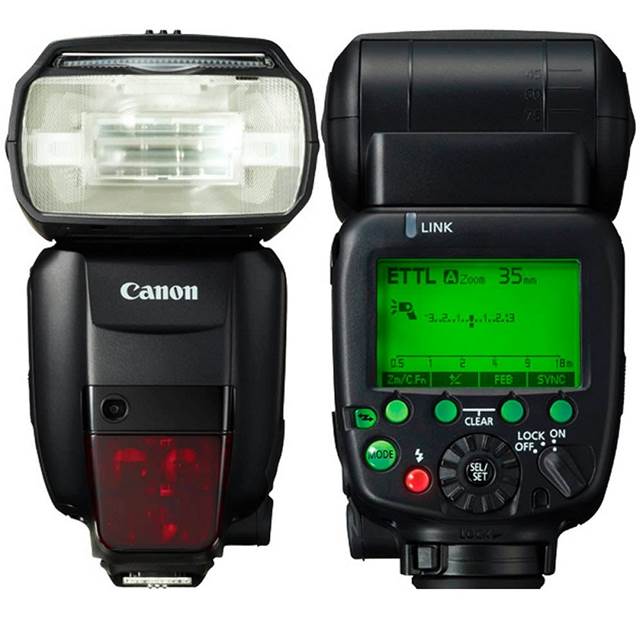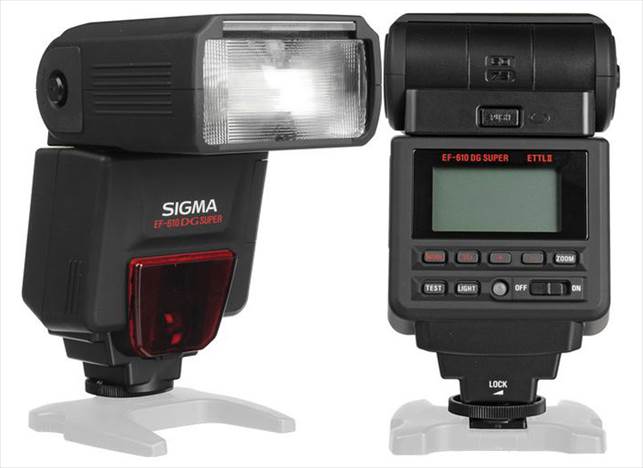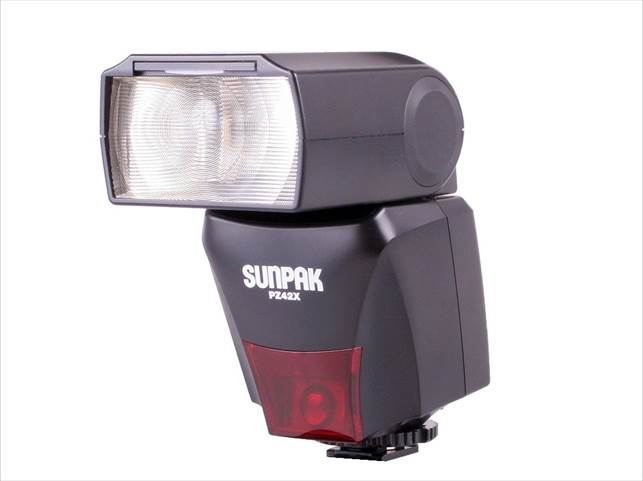What extra features do you get if you pay top dollar
for a flashgun?
On the face of it, $350 or less can buy you a very smart and
sophisticated flashgun. For example, most of the models in this group feature
motorised zoom heads, which can automatically adjust to the focal length of the
lens, or keep step with zoom lenses; typically, the range is about 24-105mm.
Most offer high-speed sync and rear curtain sync options (the latter being good
for shooting vehicles with light trails at night), and as we’ve mentioned, some
even offer wireless master as well as slave modes. So why would you want to pay
more?
Top-flight flashguns like the Canon 600EX-RT, which costs the
best part of $1,000, and its predecessor the 580EX II are fully professional
devices with build quality to match, including environmental seals to keep out
moisture and dust. They also often have a higher maximum power output, and
feature PC sync terminals and sockets for powering them from external,
high-capacity battery packs, so you can keep shooting for longer. That said,
the Nissin Di866 Mk II Pro, on test here, also has PC sync and external power
supply connections, plus a USB port for applying firmware updates.

The Speedlite
600EX-RT is Canon’s flagship flashgun, but it’s three times the price of the most
expensive models in our group
One really neat new feature of the Canon 600EX-RT that none
of the flashguns in our test can match is built-in wireless radio control. This
works on RF (Radio Frequency) transmission so, unlike more basic master/slave
arrangements, it doesn’t require line of sight between the transmitter and
receiver. Remote triggering works over distances of up to 30m when using the
flashgun on or off the camera.
Sigma EF-610 DG Super
The ‘super’ Sigma serves up many of the same features as the
exotic Nissin Di866 Mk II Pro, including a full set of strobe, high-speed sync
and rear curtain modes, delivered through a high-power head boasting a Gn
rating of 61. Likewise, both of these flashguns offer full wireless master/slave
operation, in all four transmission channels and with three alternative groups
available for more complex multi-flash setups.

Sigma EF-610 DG
Super
It’s not all good news, though. Build quality isn’t all that
great – for example, as with only the cheaper Nissin Di622 and the Sunpak PZ42X
on test, the mounting plate is plastic rather than metal. And the Sigma’s
wide-ranging onboard menu system is a little arcane and long-winded, a flaw
that’s made worse by the fact that, unlike most flashguns in this group, hardly
any of the settings can be changed via the host camera’s Flash Control menu;
you’re limited to being able to dial in flash exposure compensation via the
camera.
The Sigma has a tendency to underexpose by about a third of
a stop in E-TTL mode. Recycling speed is also disappointing, taking almost
eight seconds to recover from a full-power flash. All in all, for a high-spec
flashgun, the Nissin Di866 Mk II has a lot more going for it.
|
Verdict
·
Price: $225 ·
For: Includes advanced flash modes and master/slave wireless
operation ·
Against: Awkward menu system, and adjustments can’t be made
from host camera’s menu
|
Sunpak PZ42X
Not so long ag, this Sunpak flashgun would have been a
contender for a best value award, and it’s a sign of how far things have moved
on in the past couple of years that it’s no longer in the running. By current standards,
the PZ42X is a very basic affair. It has no high-speed sync or even a rear
curtain mode, and it’s the only flashgunin the group that can’t function as a
wireless slave.

Sunpak PZ42X
Apart from flash exposure compensation, flashgun settings
can’t be altered from the camera’s Flash Control menu. The flashgun’s menu
system itself is quite basic, although it does at least allow you to cycle
through E-TTL or manual flash, with +/-1.5EV bias or manual levels between full
power and 1/64th respectively. You can also switch the motorised zoom head
between full-frame and APS-C focal lengths, as well as applying manual zoom
settings. The head features a wide-angle diffuser, but there’s no reflector
card.
Maximum flash power is pretty respectable at Gn 42,
practically equalling the Canon 430EX II, but recycling takes more than twice
as long at 7.1 seconds. The Sunpak’s flash exposure accuracy is also
disappointing; in E-TTL mode it consistently overexposes by half a stop.
|
Verdict
·
Price: $140 ·
For: Very simple to use, and has a respectable maximum flash
power ·
Against: Lacks most of the features that are taken for granted
in the latest flashguns
|
Five things we learnt in this test
1. For comfortably
holding a camera in one hand for portrait orientation shooting, and using the
other hand for holding an off-camera flashgun, it’s worth investing in a
battery grip.
2. NiMH batteries,
like Sanyo Eneloop and Panasonic Infinium, are ideal for flashguns as they hold
their charge for a long time when unused.
3. Wireless slave
flash isn’t the only way to go. Flash cords are useful, and independent makes won’t
break the bank at around $50.
4. LCD info panels
are good to have as they give you an instant indication of your settings.
5. Greater maximum
flash power is especially useful for when you need to bounce the flash off walls
and ceilings.